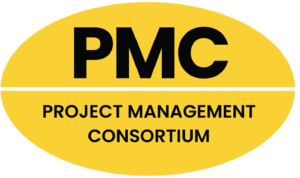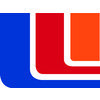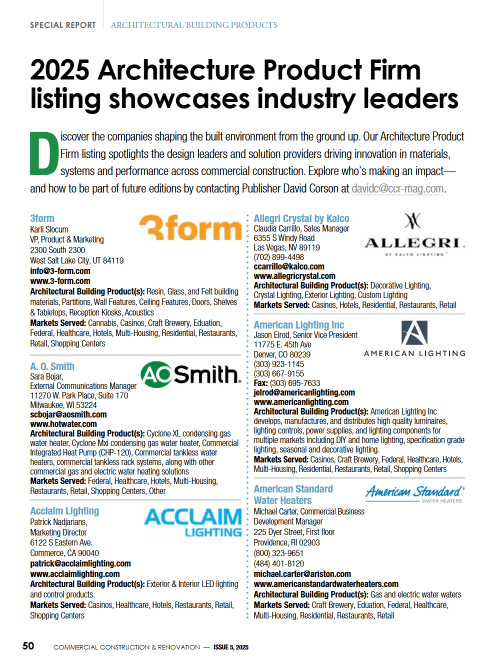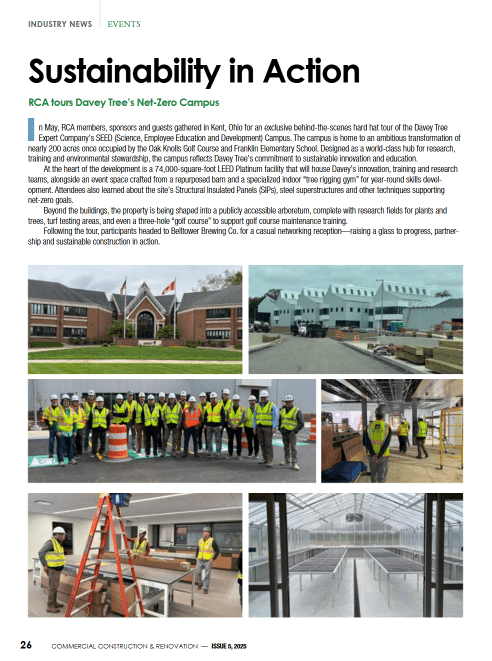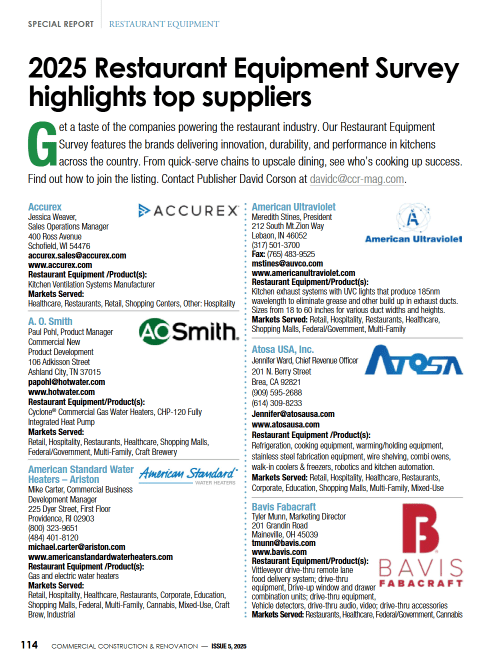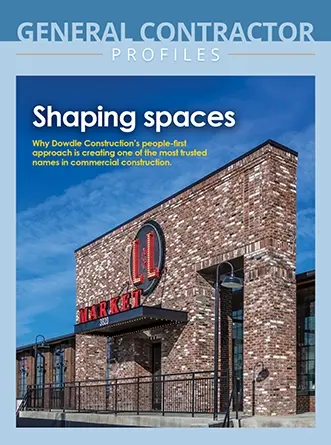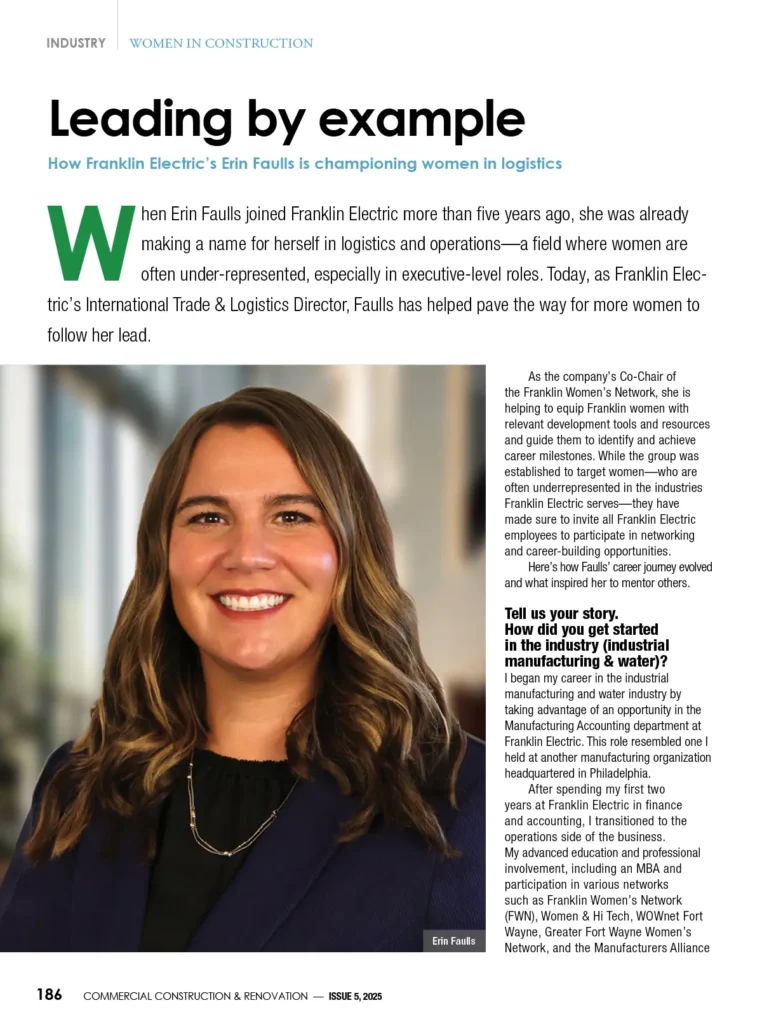In recent times, the synthetic gypsum market has experienced a slight increase. The increased number of people living in cities, the expanding building industry in emerging nations, and the variety of uses for synthetic gypsum in the agriculture industry are all expected to drive demand for the product.
Furthermore, contributing to the industry’s expansion is the use of synthetic gypsum as a filler in the cement manufacturing process. The need for superior and eco-friendly substitutes for natural gypsum, which is usually a leftover from industrial operations, is the primary driver of the market for synthetic gypsum.
With industry participants investing in the development of synthetic technologies for gypsum manufacture from waste sources, the market for synthetic gypsum has experienced notable growth in the last several decades.
Key Findings
· In 2022, the industry brought in about $1,935.6 million.
· According to forecasts, the market share of the synthetic gypsum market is expected to reach $3,108.3 million by 2033, up from $2,020.8 million in 2023.
· The synthetic gypsum market is anticipated to grow at a moderate 4.4% Compound Annual Growth Rate (CAGR) throughout the projected period.
· By 2033, it is anticipated that the drywall subsegment will hold a 38.5% market share in terms of applications.
· It is projected that North America will consolidate its leadership position in the industry by the end of the forecast period, taking a 26.1% market share.
Escalating Construction Industry Demand
The need for synthetic gypsum in the construction industry is growing. In this sector, synthetic gypsum is used as a useful filler in plaster and cement to increase their strength and shorten the time it takes for concrete to cure. It is also used in the creation of plaster of Paris and decorative panels. Particularly well-known in the building industry is a particular kind of synthetic gypsum called FGD gypsum, which is an essential component of cement, drywall, and plaster in Paris. Notably, industries choose FGD gypsum because of its recyclable nature.
The market need for synthetic gypsum is further fueled by the growing need for sculptures, buildings, and ornamental panels in the construction industry. Furthermore, the governments of many emerging nations are aggressively pushing regulatory changes meant to support the real estate and construction industries, as well as giving infrastructure development top priority. It is anticipated that these actions will have a favourable impact on the building sector, increasing the need for synthetic gypsum soon.
Growing Adoption of Gypsum Products in Residential Interior Applications
Gypsum finds considerable use in domestic interior applications, where it is applied to cover interior surfaces with blocks, plasterboards, or plaster. Specifically, plasterboards are used for a variety of tasks, including floors, walls, ceilings, and partitioning. Their intrinsic qualities allow for customization to satisfy certain needs, such as impact robustness, fire resistance, and humidity.
Gypsum fiberboards are used as building plaster for wall and ceiling finishes as well as decorative plaster, which successfully improves the aesthetics of brick and block walls. Standard gypsum fiberboards perform exceptionally well in areas like impact resistance, sound absorption, and humidity resistance.
The Myriad Product Advantages to Propel Synthetic Gypsum Market Growth
The use of synthetic gypsum has several positive effects on the environment and economy. Economically speaking, the manufacturing of synthetic gypsum creates new revenue sources and hence reduces the need for waste management. The substance reduces pollution in the environment by keeping useful by-products out of landfills.
Moreover, the protection of natural gypsum deposits is aided by the growing production of synthetic gypsum, which lessens the need to extract natural resources. Synthetic gypsum is distinguished from other natural gypsum products by its lower environmental impact and cost-effectiveness.
Potential Impediments to Gypsum Market Growth Due to Substitute Availability
Gypsum faces competition from a range of replacements in the construction industry, which may hinder the market’s ability to grow. Gypsum can be substituted with alternatives like cement and lime for applications like plaster and stucco. In the same vein, wallboard can be replaced with brick, glass, metal, wood, or plastic panels.
It’s important to remember that gypsum is still indispensable in the creation of Portland cement. Synthetic gypsum is produced by several industrial processes, such as the flue gas desulfurization (FGD) of smokestack emissions. It is used in wallboard manufacturing, cement production, and other uses where naturally mined gypsum is unavailable. Shortly, the expansion of the gypsum market may be constrained by the growing availability of alternatives to synthetic gypsum.
Growth Opportunities
- Product Innovations
A new wave of advanced gypsum-based products is expected to emerge from ongoing research and development, expanding the market. These developments have the power to transform the sector and spur growth.
- Emerging Markets
The growth in building in emerging economies presents substantial opportunities for manufacturers of synthetic gypsum. These markets present significant growth potential due to their expanding building activities, which makes them ideal for market expansion initiatives.
- Recycling Initiatives
Sustaining recycling and trash reduction initiatives is expected to encourage the use of synthetic gypsum. This environmentally beneficial strategy not only supports sustainability objectives but also promotes the broader use of synthetic gypsum, which accelerates its expansion.
Category-wise Analysis
Cultivating the Popularity of Synthetic Gypsum in Drywall Applications
The synthetic gypsum market is divided into many application areas, such as drywall, cement, soil amendment, and other purposes. Notably, with the biggest market share of 38.5%, the category of drywall takes the lead.
Predictions show that this area will increase steadily, with a commendable Compound Annual Growth Rate (CAGR) over the evaluation period.
An important step toward producing more environmentally and energy-efficient goods is the addition of synthetic gypsum to the drywall manufacturing process. The fact that more than 50% of drywall manufacturing facilities now use synthetic gypsum and integrate recycled materials into their production processes is a positive development. In the drywall industry, this move encourages increased use and supports sustainability.
The Economic Advantage of Flue Gas Desulfurized Gypsum Opening Doors to Fresh Growth Prospects
FGD gypsum is anticipated to be one of the most significant market sectors for synthetic gypsum. There is a noticeable increase in demand for FGD gypsum as a sustainable replacement for natural gypsum as environmental restrictions become more stringent, especially in the manufacturing and building industries.
One particular kind of synthetic gypsum that is preferred in many manufacturing procedures for building supplies like Portland cement and plaster is called flue gas desulfurized gypsum. When compared to other synthetic gypsum product kinds, the flue gas desulfurized gypsum version has the greatest BPS points due to its cost-effectiveness and ease of manufacture.
Over 90% of the market is dominated by synthetic gypsum, with a particular concentration on flue gas-desulfurized gypsum. Given its quick growth trajectory, natural gypsum might be largely replaced in a short amount of time.
Country-wise Analysis
North America’s Dominance in the Synthetic Gypsum Market Driven by Research and Sustainable Materials Focus
Within the area, North America has become a very profitable market for synthetic gypsum, and by 2033, it is expected to possess a 26.1% share of the global market.
Extensive research targeted at improving the manufacturing processes of synthetic gypsum, especially with developments in FGD production, highlights the pursuit of new revenue streams. Producers are getting more committed to satisfying end-user requirements by providing materials with much lower trace metal levels and greater purity requirements.
In addition, the increased focus on eco-friendly building materials has increased the potential profitability, particularly in the US. The U.S. is home to a notable number of synthetic gypsum manufacturers, which enhances the revenue potential of the local industry.
As the second-largest producer of gypsum in the world, after China, the United States is crucial to the sector. According to World Mining Data, the United States produced over 22 million tons of gypsum from mining in 2020. Because interior space separation is so popular in the United States, the nation is the world’s largest user of drywall and plasterboards. The nation is a major player in the worldwide market thanks to its substantial by-product production and plentiful gypsum reserves.
Government Investments and Population Growth Fuel Construction Boom in Asia-Pacific
Construction activity in the Asia-Pacific area is currently seeing a notable upsurge, which can be primarily attributable to substantial government investments in infrastructure and construction development. Moreover, rising per capita construction spending is expected to be fueled by the growing populations in nations like China and India. The Indian government notably set aside a substantial $1.4 trillion for infrastructure projects, including transportation, railroads, energy, power generation, and more, in its Union Budget for 2019–2020. These large-scale expenditures on infrastructure development could spur expansion in the building sector, which would benefit the synthetic gypsum business.
Competition Landscape
To gain a competitive edge, several countries have been making large investments in research, process optimization, and the implementation of state-of-the-art gypsum processing equipment. Many industry players in the synthetic gypsum market offer value-added solutions to satisfy end users’ changing needs. Gypsum boards have become increasingly popular in the building industry over time because of their many benefits, including fire resistance, ease of installation, non-toxicity, and remarkable sound insulation qualities.
Prominent producers of gypsum are deliberately broadening their customer base by establishing new production facilities, which enhances their manufacturing capabilities and extends their distribution networks. Notable businesses in the synthetic gypsum sector include National Gypsum Company, Knauf Gips KG, Continental Building Products, FEECO International, Delta Gypsum, and Synthetic Materials LLC.
Recent Developments in the Industry:
- In 2019, Knauf’s acquisition of USG Corporation aimed to establish a dominant presence in the global building materials industry. This strategic move enabled the combined entity to enhance consumer satisfaction by harnessing an extensive product range and a widespread global presence.
- L&W Supply’s acquisition of Delta Gypsum in 2019 was a pivotal step in bolstering the growth strategy of L&W Supply. This acquisition effectively expanded the company’s geographical reach in Eastern Tennessee and North Carolina. As a result, L&W Supply’s operations extended to encompass over 170 locations spanning more than 35 states.
These insights are based on recent findings on Synthetic Gypsum Market by Chemview Consulting










